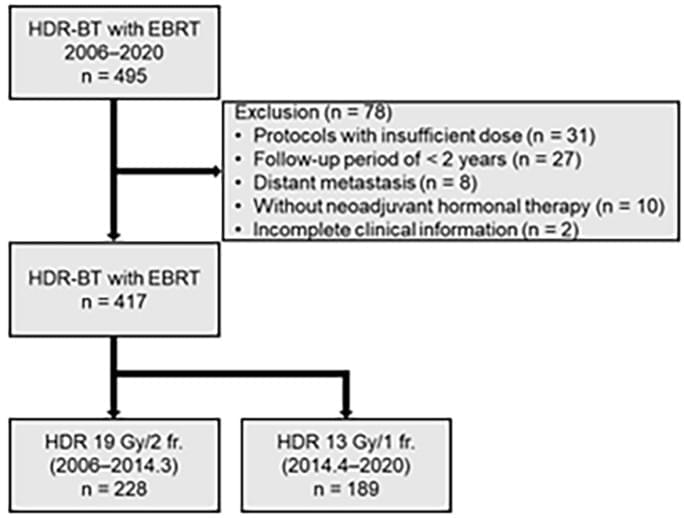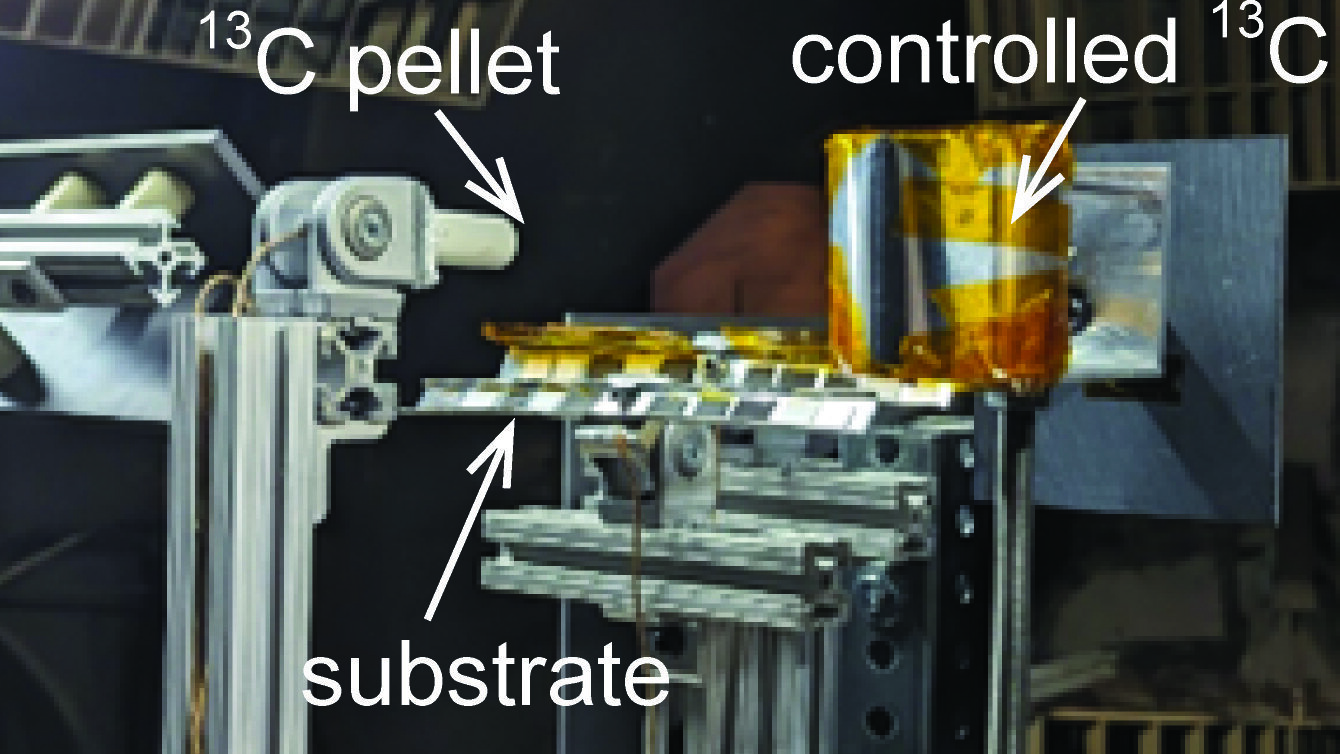We stand on the brink of a transformative era in space exploration: a shift from government-led to commercial-led activities off-planet. With this shift comes the need to recognize that the United States commercial space industry will play a pivotal role in maintaining the nation’s leadership in low Earth orbit (LEO). And while NASA has long shouldered this responsibility, its commitment to pass the torch, to foster commercial partnerships and support commercial space development, is falling short. The new Trump administration has a unique opportunity to ensure that American leadership is not usurped by our fiercest geopolitical adversary, China. To maintain U.S. leadership, the government must act with urgency to support a smaller number of companies most likely to achieve success in the critical foothold of LEO.
For a quarter of a century, the U.S. has benefited from sustaining a continuous human presence in space on the International Space Station (ISS), a strategy that China is emulating with its Tiangong space station, which has been continuously crewed since 2022. Through the ISS achievement, the U.S. not only advanced scientific understanding but also brought nations together and spurred economic growth through uncontested leadership. However, with the ISS set to retire by the end of this decade, it is imperative to transition from a government-run space station to a robust commercial space framework. This transition is essential to ensuring U.S. presence, enabling discovery, fueling our space economy and safeguarding our strategic priorities in space.
A commercial platform will continue to support the nation’s needs at a much lower cost than the ISS while stimulating a new generation of technologies that will revolutionize our economy and preserve the national asset that is our LEO workforce. Hard-working Americans in this microgravity industry are the lifeblood of what makes America great and will ensure the Chinese never surpass us in space technology.






